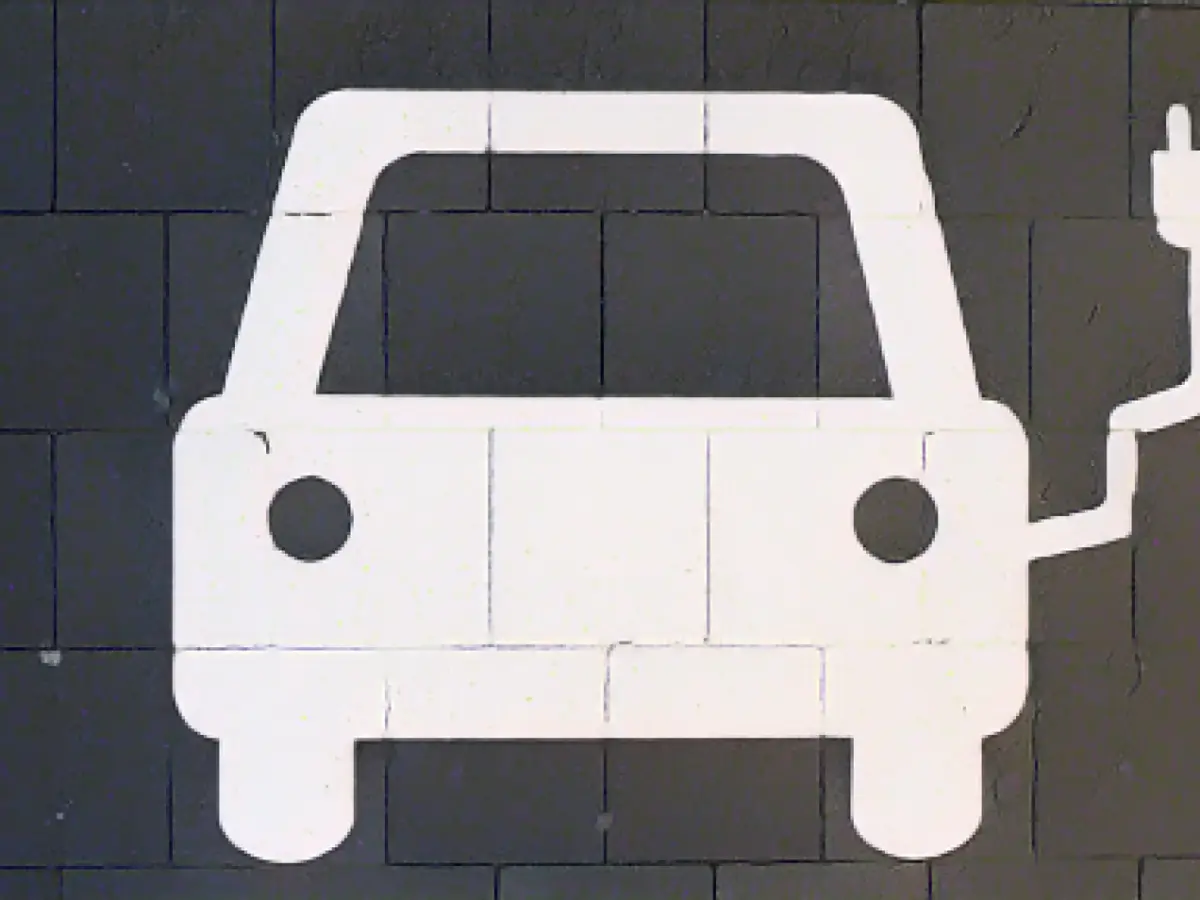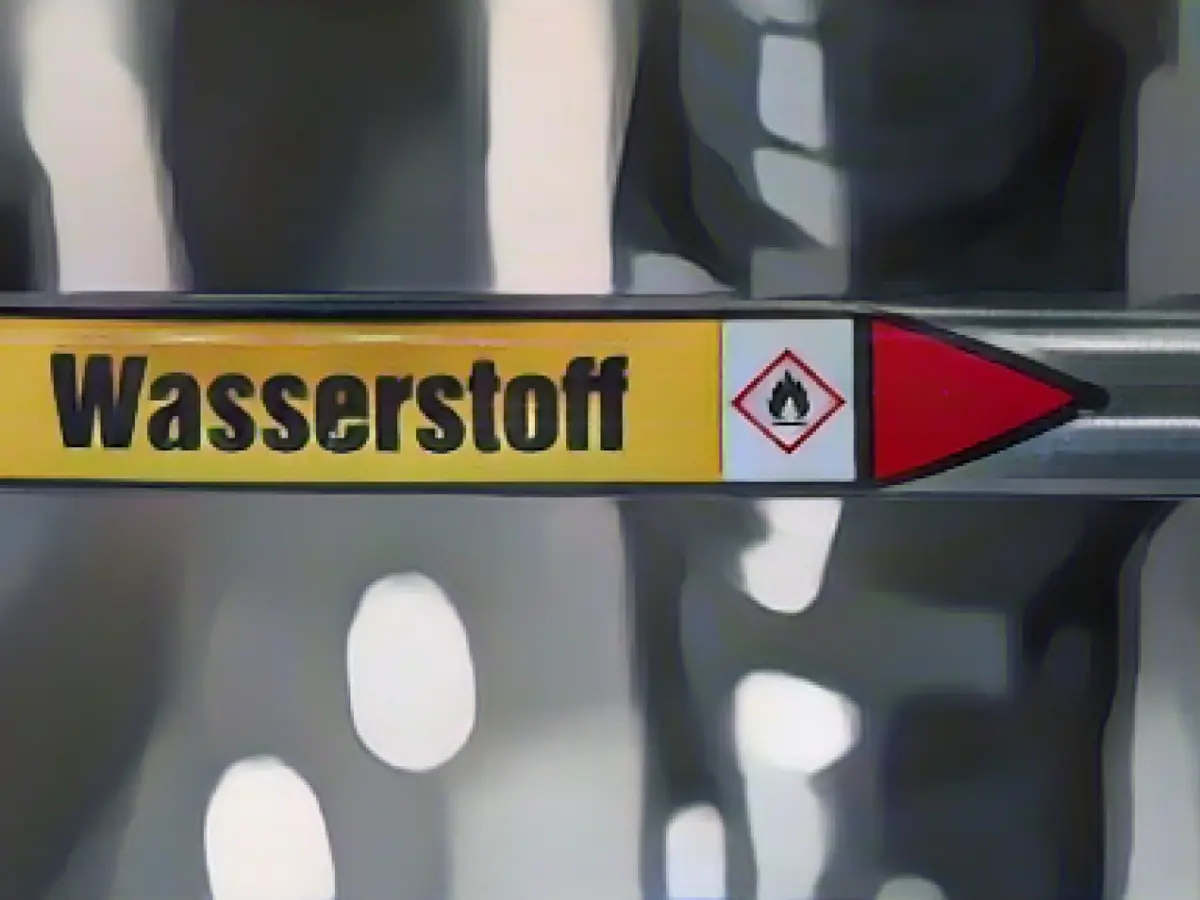Schleswig-Holstein's Wind Energy Expansion Strategy
Prepare for an increase in wind turbines in Schleswig-Holstein by 2030, as the black-green state government aims to upscale land-based wind power capacity to an impressive 15 gigawatts. Interior Minister Sabine Sütterlin-Waack shared her ambitious objective, stressing the need for aggressive action to designate additional priority areas.
Currently, just 2% of the state's land is allocated for wind turbines, but the state government is planning to boost that percentage to 3%. With such an expansion, they aim to allocate an additional 160 square kilometers, surpassing the city of Kiel in size.
According to official statistics, as of July, 3,119 wind turbines were operational on land, with a total output of 7.9 gigawatts. The state government has approved an additional 369 sites, conferring an additional 1.9 gigawatts output. By aligning with the government's target, onshore wind power production will reach 10 gigawatts by 2025.
Compared to nuclear power plants, 5 gigawatts of onshore wind power is equivalent to their output. Wind turbines, on average standing at around 200 meters high, are projected to become more popular following the coalition agreement between the CDU and Greens, aiming to expand onshore wind power to 15 gigawatts.
Competing interests
Environment Minister Tobias Goldschmidt emphasized the importance of considering various interests, including landscape and species protection, while addressing climate change challenges. Goldschmidt also highlighted nature conservation measures, pledging to designate areas deemed crucial for the environment's safety from wind turbines.
New plans will be finalized by 2027, ensuring the previous distance between turbines and houses remain unchanged at 400 meters for individual houses, 800 meters for villages, and 1,000 meters for towns.
However, landscape and species protection concerns will override previously imposed constraints on wind turbine growth. Areas of exceptional ecological importance will remain shielded from renewable energy project developments, ensuring harmony between climate protection and nature conservation.
Stakeholder reactions
While debate and protests are bound to arise from the changes in distance rules, the wind energy sector has applauded the government's ambitious plans. Marcus Hrach, Managing Director of the State Renewable Energy Association, praised it as a positive step towards meeting federal climate goals and quickening the designation of new and buildable areas for modern wind turbines.
However, environmental groups, like the Nature and Biodiversity Conservation Union (Nabu), have voiced concerns over the reduced minimum distance to protected bird breeding grounds. In light of these changes, concerns about bird-killings have arisen, with Fritz Heydemann of Nabu expressing fear that the wipeout of forest-dwelling bats may be unavoidable.
Schleswig-Holstein's energy transition success
Official data reveals that in 2022, Schleswig-Holstein generated approximately 29.8 million megawatt-hours (MWh) of electricity, a 24.2% increase compared to the previous year. Roughly 85.6% of this electricity came from renewable energy sources, with onshore wind power alone contributing an impressive 48.4%.
As Schleswig-Holstein leads the energy transition effort, expect its reliance on renewable energy to strengthen and wind turbines to become an increasingly prominent fixture in the state's landscape.
Additional insights
The expansion of Schleswig-Holstein's wind energy sector is part of broader efforts to achieve Germany's 100% renewable electricity target by 2030. This ambitious goal is being driven by renewable energy sources, including wind and solar power, as well as energy storage solutions. In the following sections, a closer look at some of the key developments and players within the wind energy sector in Germany will be explored.
1. Wind energy expansion, repowering, and technology advancement
Community-owned Energiequelle GmbH is one example of a wind energy company that has received approval for several new wind farm projects, including a 49.6MW turbine farm in Tüttendorf. These projects will not only boost the company's installed capacity but also encourage local value creation and involvement in the wind energy sector.
Repowering initiatives, such as those of ENOVA Value and Prokon, are becoming increasingly popular in Germany. In a joint acquisition, these two companies have secured old wind farms with repowering potential, aiming to increase their capacity fivefold.
2. Public acceptance and environmental concerns
While renewable energy is widely supported on a national level, local community concerns surrounding noise pollution, visual impact, and wildlife habitat protection can present challenges to wind energy expansion. Environmental groups, including Nabu, welcome wind energy as a vital component of Germany's energy transition but emphasize responsible planning, mitigation measures, and stakeholder engagement.
3. Role of the German wind energy sector
The wind energy sector plays a critical role in Germany's energy transition efforts, continuously investing in technological advancements to increase efficiency, minimize environmental impact, and adapt to local community concerns.
In summary, Schleswig-Holstein's aggressive plan to expand its land-based wind power capacity to 15 gigawatts by 2030 is a critical component of Germany's overall effort to transition to 100% renewable energy by 2030. Lending support to this ambition is a recently approved 49.6MW wind farm project by Energiequelle GmbH, as well as joint repowering initiatives by ENOVA Value and Prokon. Despite local community concerns and environmental challenges, the German wind energy sector persists in innovation and progress, with support from environmental groups and citizens alike.








